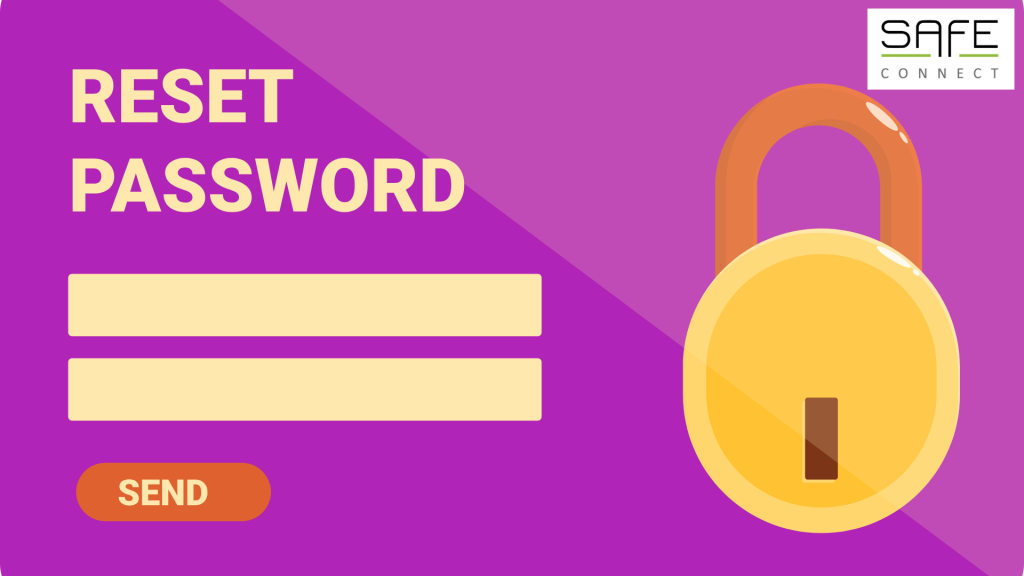
From password reset to cyberattack
Home » Security » From password reset to cyberattack
Cybercriminals are constantly searching for new ways to target their victims. A recent technique shows how an apparently simple password reset can grow into a large-scale data breach. How does this work, and what can you do to prevent it? Let’s break it down.
How does this technique work?
It all starts with an email address. Something that’s almost always publicly accessible. Think about your LinkedIn profile, your company website, or a newsletter you subscribed to years ago. What does the attacker do with it? They attempt a password reset for an application or account they believe you use. Sounds simple, right? But it doesn’t stop there:
- Confirmation notification: If the attacker receives a confirmation that a password reset is possible, they now know your email is active on that platform. They’ve got their first lead.
- Scanning for vulnerabilities: Next, the attacker investigates if the application is vulnerable. Is the software up to date? Is the configuration secure? Any backdoor could give them access to your data.
- Executing the attack: If the hacker finds a weak spot, it’s game over. They can steal your data or even gain full control of your account. And you? You likely won’t know until it’s too late.
Why is this so effective?
This method works because it exploits two common weaknesses, both human and technological:
- Human inattentiveness: Many people are unaware of how public their email address is or which platforms it’s connected to. Often, we forget about accounts created years ago, which remain active until we deactivate them.
- System vulnerabilities: Organizations may believe their security is adequate, but unknown flaws pose significant risks. An attacker can easily infiltrate the systems of an unprepared organization.
How can you protect yourself?
Fortunately, there are steps you can take to defend yourself and your organization against this cunning technique.
- Be mindful of your email usage: Avoid sharing your business or personal email address unnecessarily. If possible, use an alias for less critical registrations.
- Strong passwords and MFA: Use unique passwords and enable multi-factor authentication (MFA). This makes it significantly harder for attackers to gain access. A password manager can help simplify this process.
- Raise awareness: Provide your employees with practical training to recognize phishing and other social engineering tactics. A well-trained team is your first line of defense.
Want to ensure your organization is prepared for the latest threats? Schedule a no-obligation consultation with one of our specialists. Together, we’ll make sure you stay one step ahead.
Discuss your solution